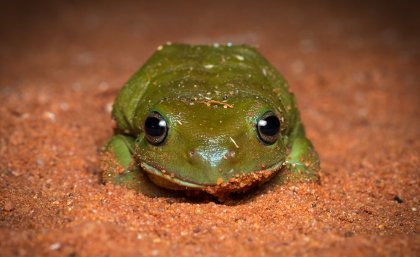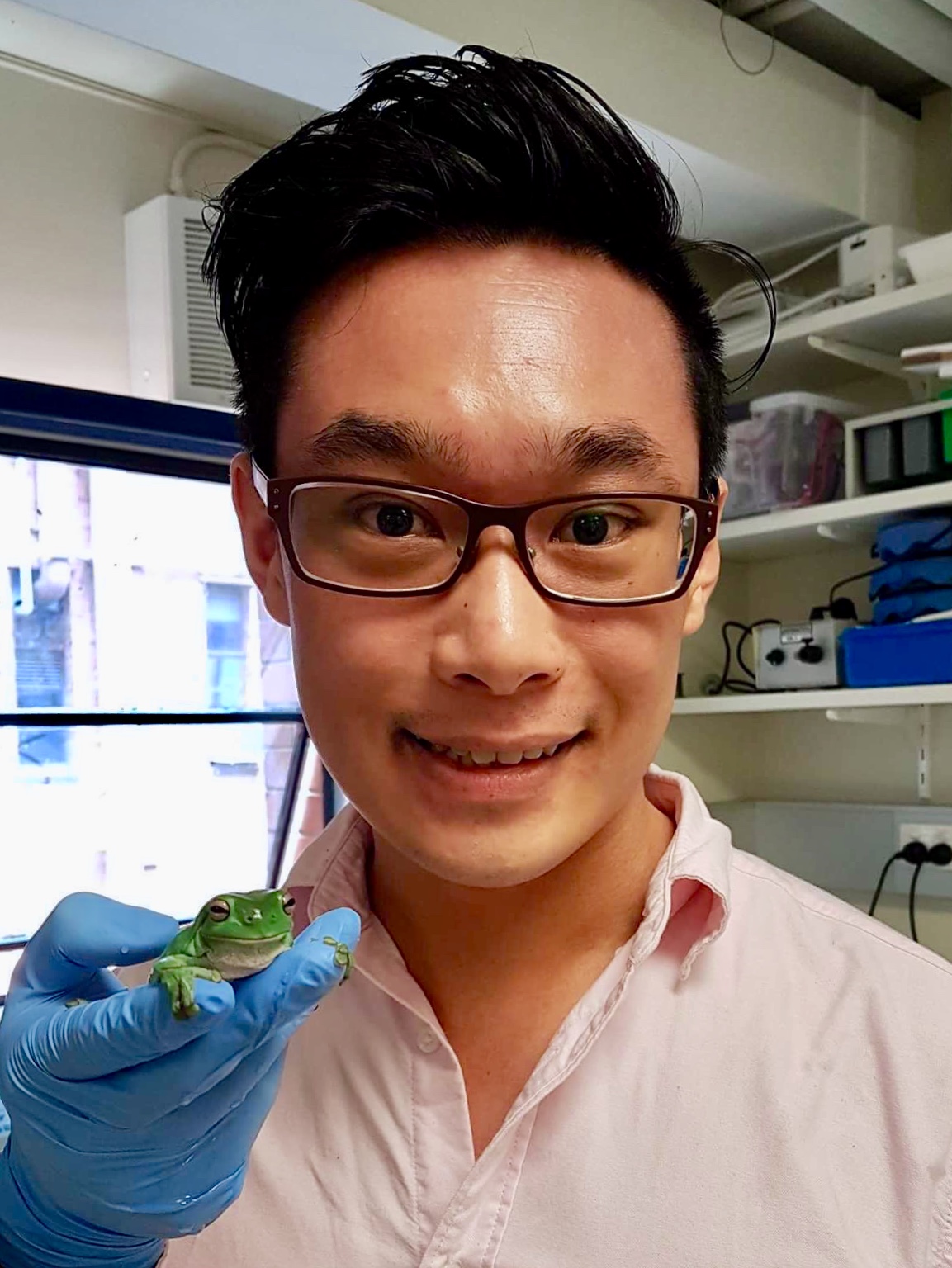
Researchers have identified how a fungal skin infection is wiping out our native frog species at an alarming rate.
The University of Queensland-led team investigated the chytrid fungus (Batrachochytrium dendrobatidis), which affects more than 500 species worldwide and is hampering frog conservation.
PhD candidate Nicholas Wu from UQ’s School of Biological Sciences said the unique qualities of frog skin is what was allowing the fungus to have such a devastating impact.
“Frogs are particularly susceptible to the fungus because of their thin-permeable skin, through which they breathe, drink and exchange salts,” he said.
“The fungus feeds on the skin and directly damages it, meaning they can’t regulate themselves and die as a result.”
The researchers extracted skin and blood samples from infected green tree frogs (Litoria caerulea) to determine how the fungus damages skin function.
“We found that a frog’s natural response to fighting the infection was likely causing even more problems,” Mr Wu said.
“Frogs shed their old skin in attempt to remove the fungus and this process – called sloughing – helps restore the skin function temporarily.
 “But it also causes the skin to be thinner and more permeable, placing the frog at greater risk of infection.”
“But it also causes the skin to be thinner and more permeable, placing the frog at greater risk of infection.”
The fungus is rapidly affecting amphibians, with the majority of chytrid-susceptible species already endangered, including the corroboree frog native to Australia’s Southern Tablelands.
“There are around 200 species that are declining or extinct because of this fungus, making it the greatest disease-caused biodiversity loss in recorded history,” Mr Wu said.
The researcher believes the new data will help inform conservation efforts, with benefits for frogs and for people.
“Identifying the cause of death of our precious frog species can drastically improve ongoing conservation efforts, and potentially fight other fungal disease outbreaks,” he said.
“Frogs provide valuable ecosystem services, meaning that more frogs in an environment can indicate the health of an ecosystem.
“And for humans, frogs can help keep a check on nuisance insects like flies and mosquitoes, which can act as disease vectors.
“The properties of amphibian skin have untapped potential for biomedical and drug research, so there are very real and direct human impacts.
“Frogs are critical to our world’s health – it’s time we step up and protect these precious species.”
The research is published in the Journal of Experimental Biology (DOI: 10.1242/jeb.191817).
Media: Nicholas Wu, nicholas.wu@uq.edu.au, +61 409 456 802; Dominic Jarvis, dominic.jarvis@uq.edu.au.
.jpg)









